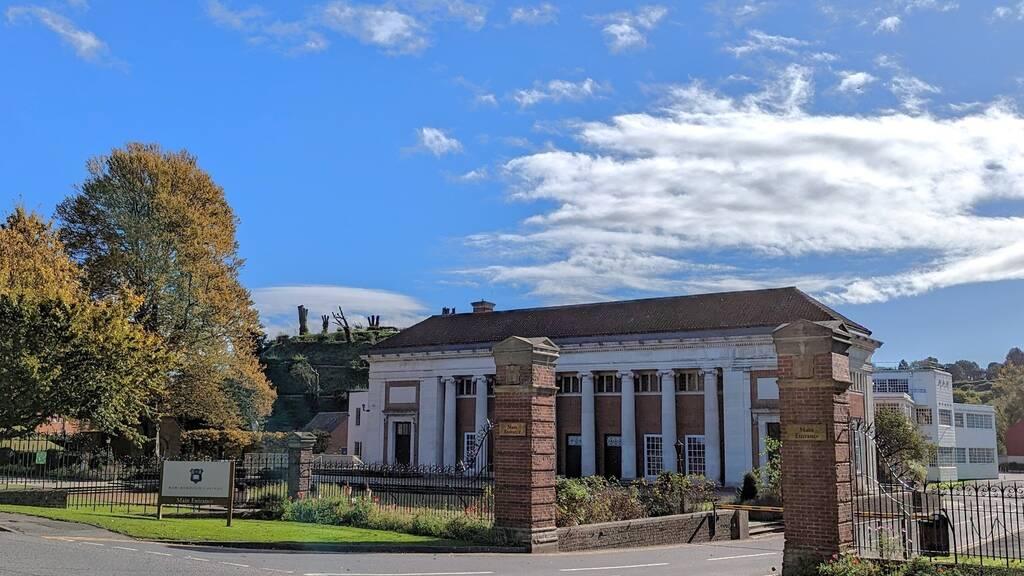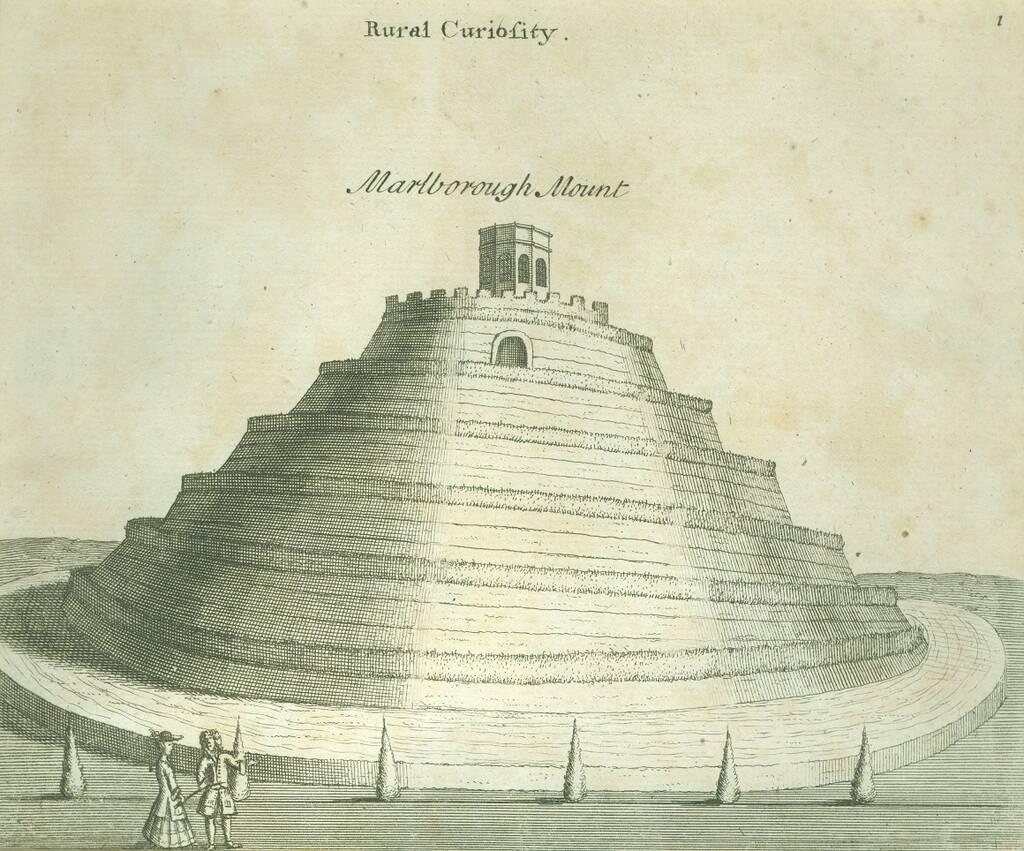- Events >
- Sinfonia Smith Square >
- Marlborough Mound And Merlin
Marlborough Mound and Merlin


Landmark
Heritage
The Marlborough Mound, glimpses of which can be seen from the main entrance to Marlborough College, defines the town’s history and is a place of myth and legend. Now surrounded by the buildings of one of the country’s top public schools, the Mound is an ancient manmade monument. Carbon dating suggests this Neolithic wonder was completed around 2300BC, making it a contemporary of Stonehenge and Avebury. It is the second largest neolithic mound in Britain, and possibly Europe, after nearby Silbury Hill. Jump forward to 1067 and the mound was a ready-made motte for the conquering Normans to construct a motte and bailey fortification – a mound with a keep or tower on top.
Over the next two centuries successive monarchs left their mark, resulting in a palatial castle and royal residence. It was laid siege to in 1139 during the Anarchy – the civil war between King Stephen and Queen Matilda, aka Empress Maud. Henry II added to the castle and his son John was married in the chapel in 1189. In 1209, having been excommunicated by the Pope, King John summoned all freemen to attend the town to swear their allegiance with the “Oath of Marlborough”. Henry III spent a fortune – £2,000 – extending the royal residence and it was here in 1267 that he signed or probably sealed the Statute of Marlborough, with some of the clauses surviving into modern legislation. Henry left the castle to his wife Eleanor of Provence. It passed into the hands of successive Queens of England but was rarely used as a royal residence. It was derelict by the 1400s and described as a “ruine of a great castelle” in 1541. Edward VI gifted these ruins to his uncle Edward Seymour, Duke of Somerset and successive Seymours transformed the site. The mound and surroundings were landscaped and Marlborough House was built. A spiral pathway, summerhouse and grotto were later added. In 2000 The Marlborough Mound Trust was created to oversee the preservation of the monument.